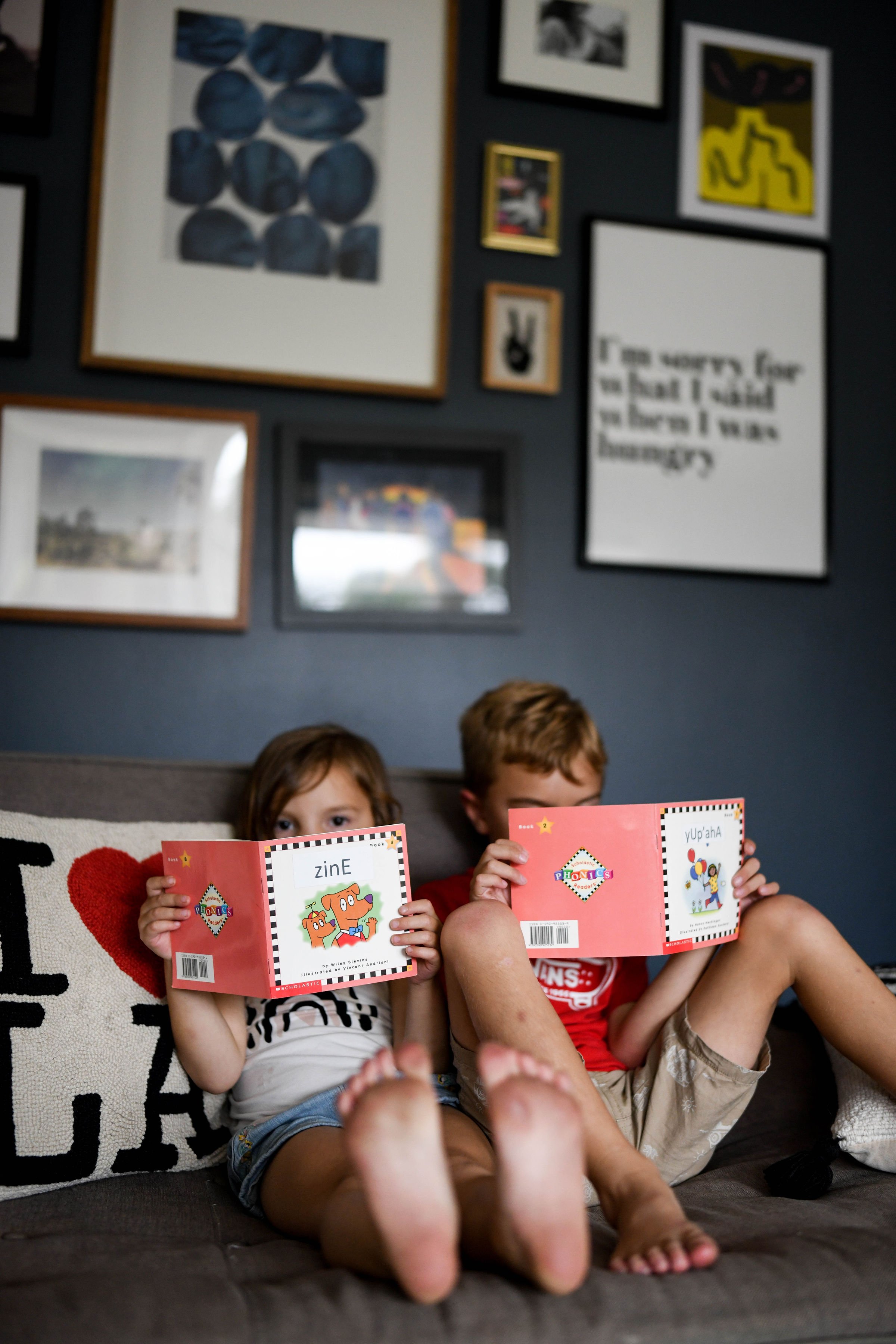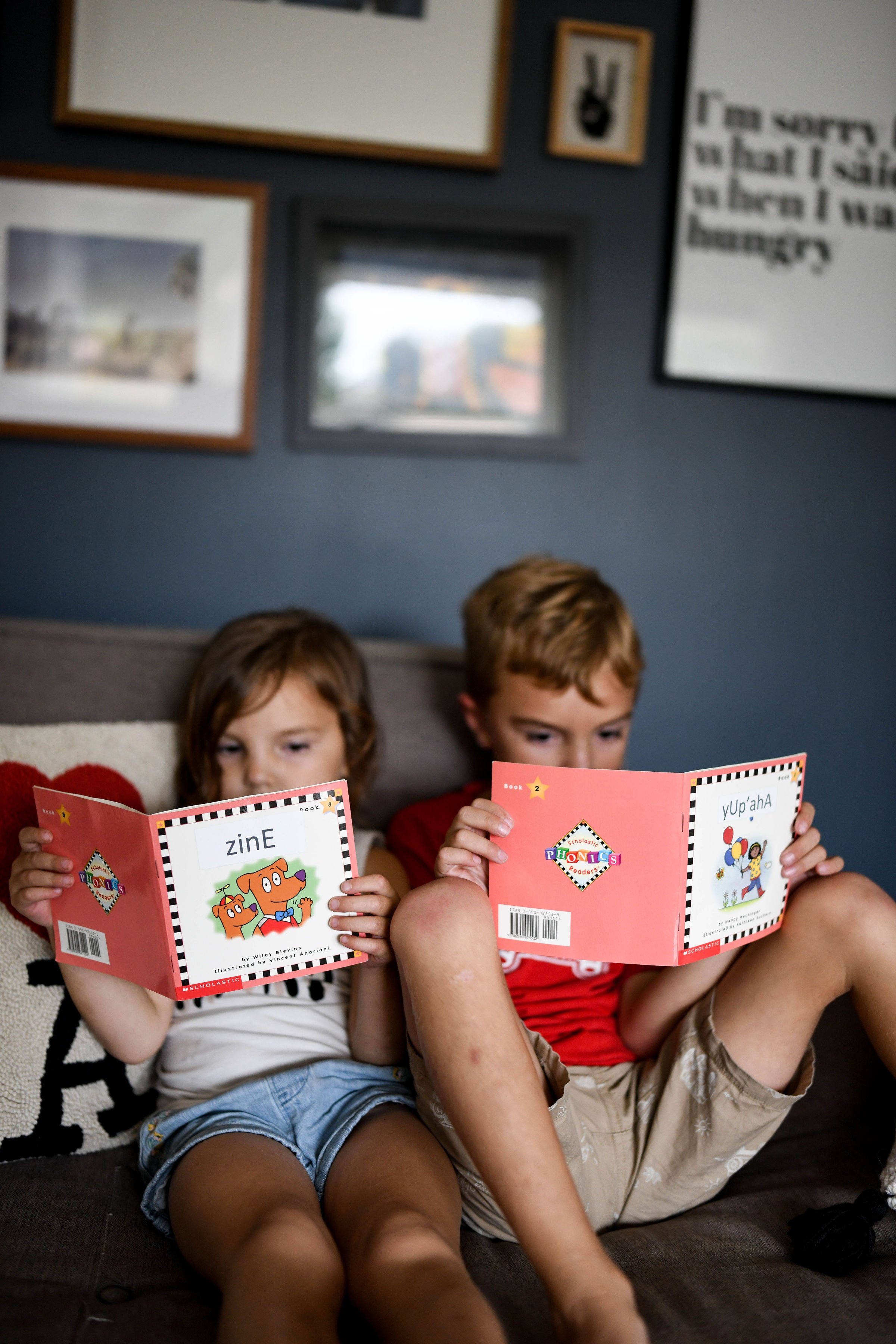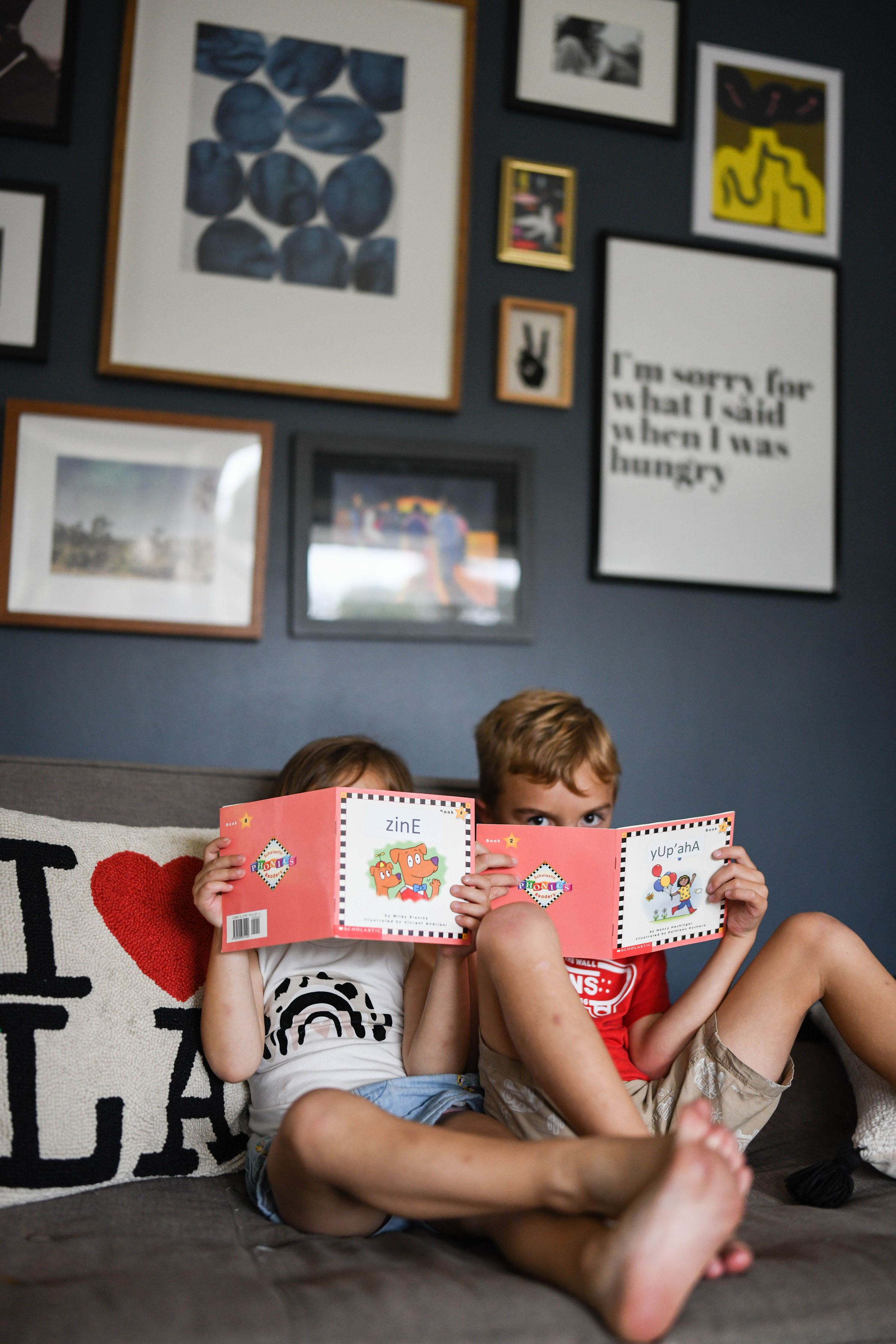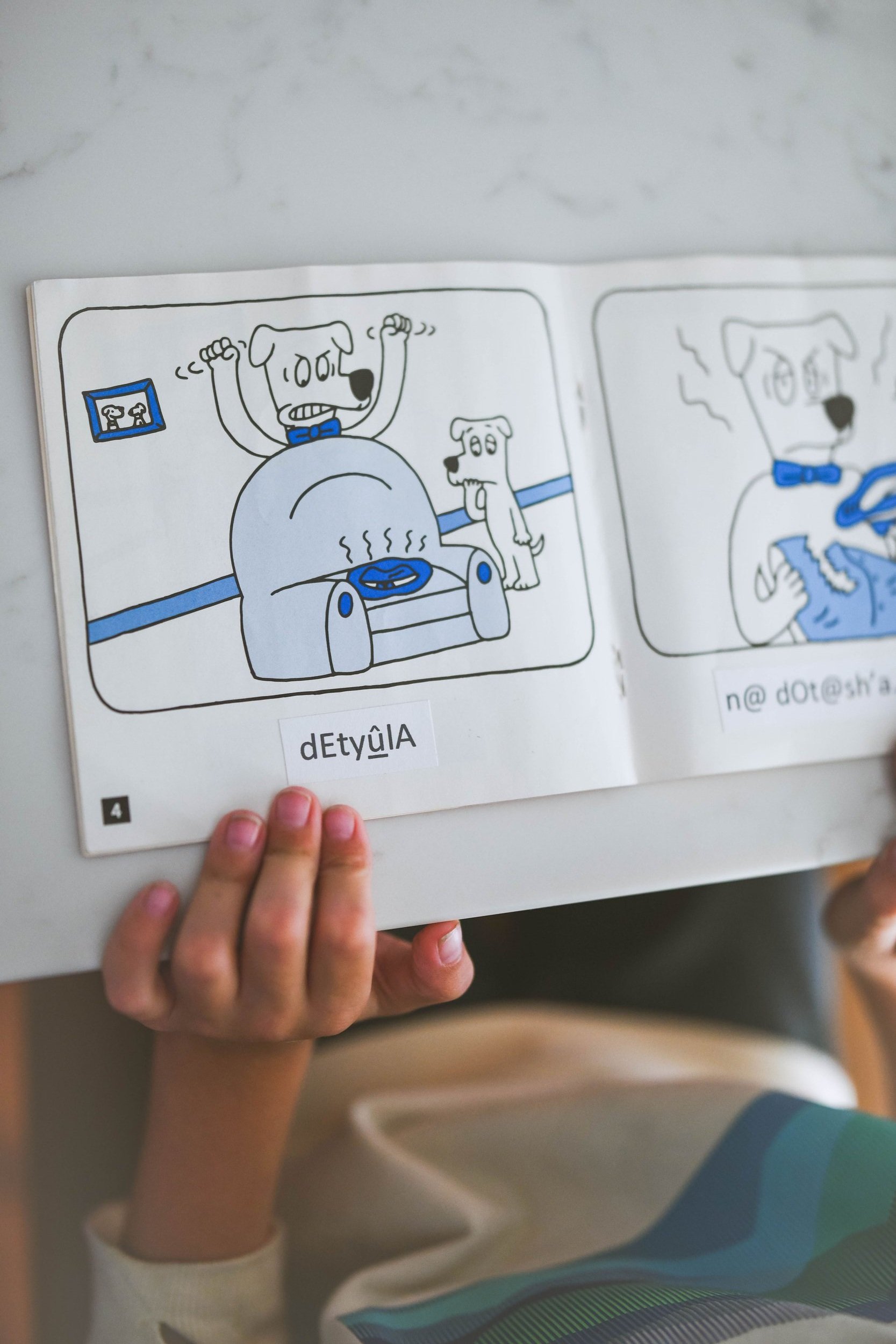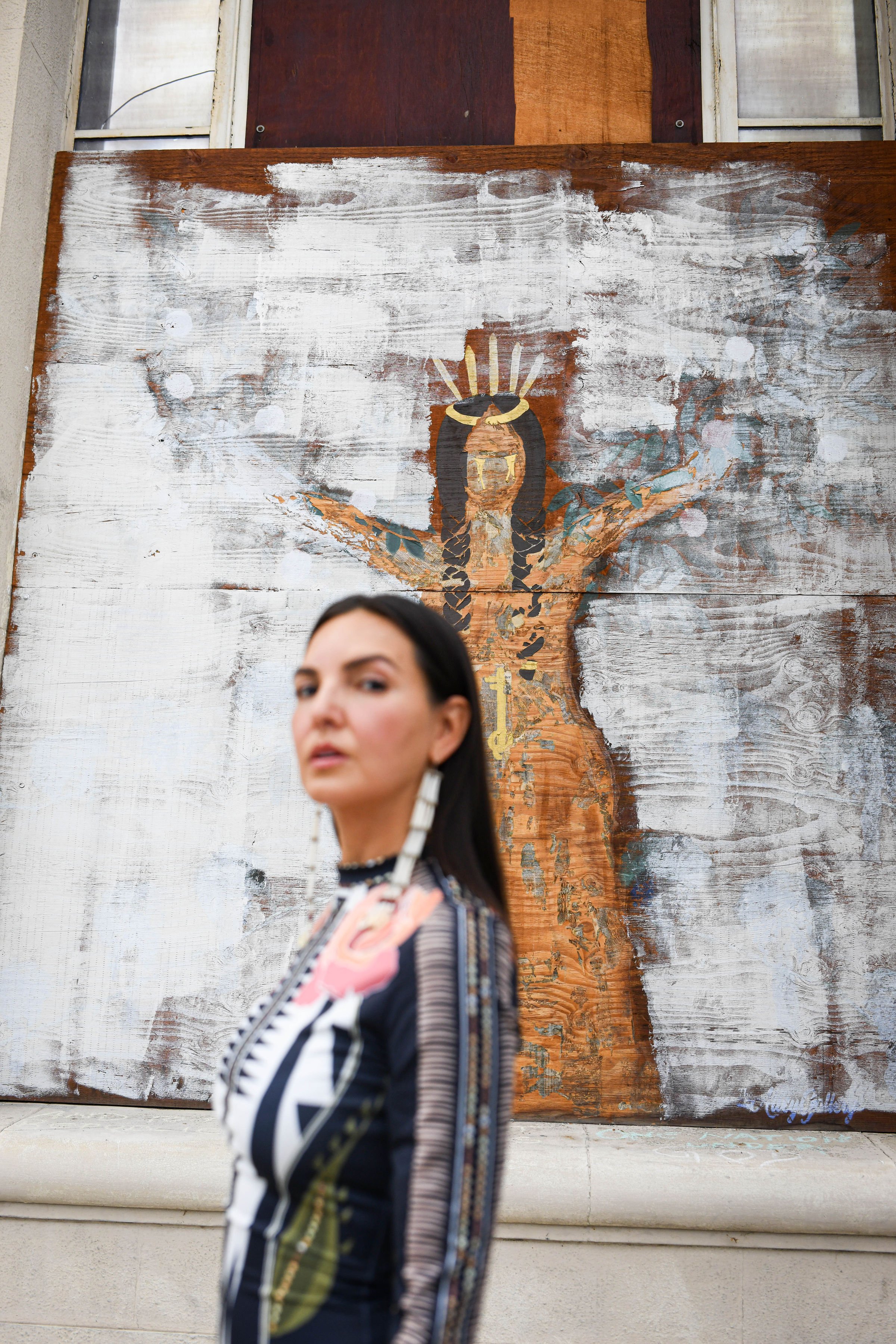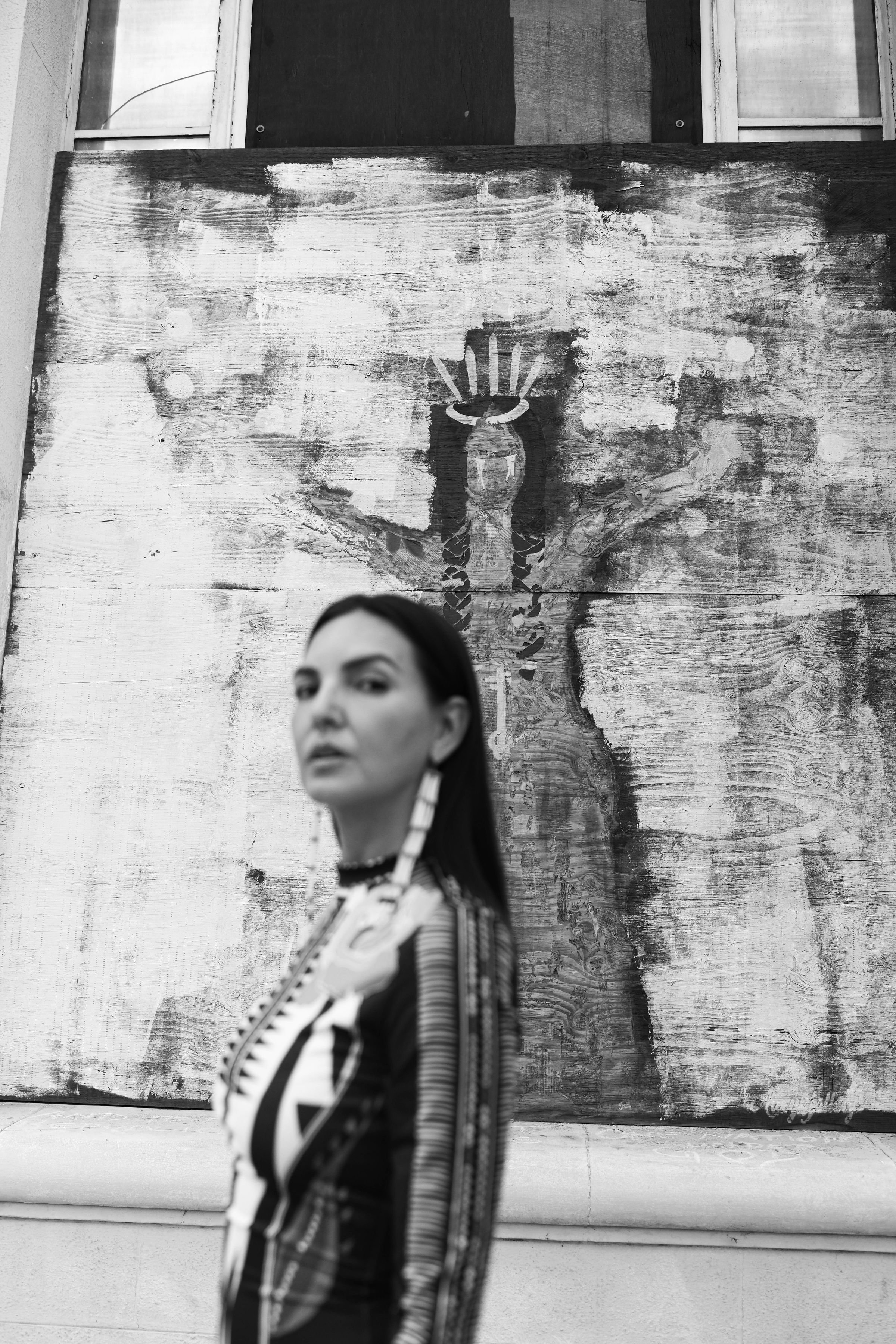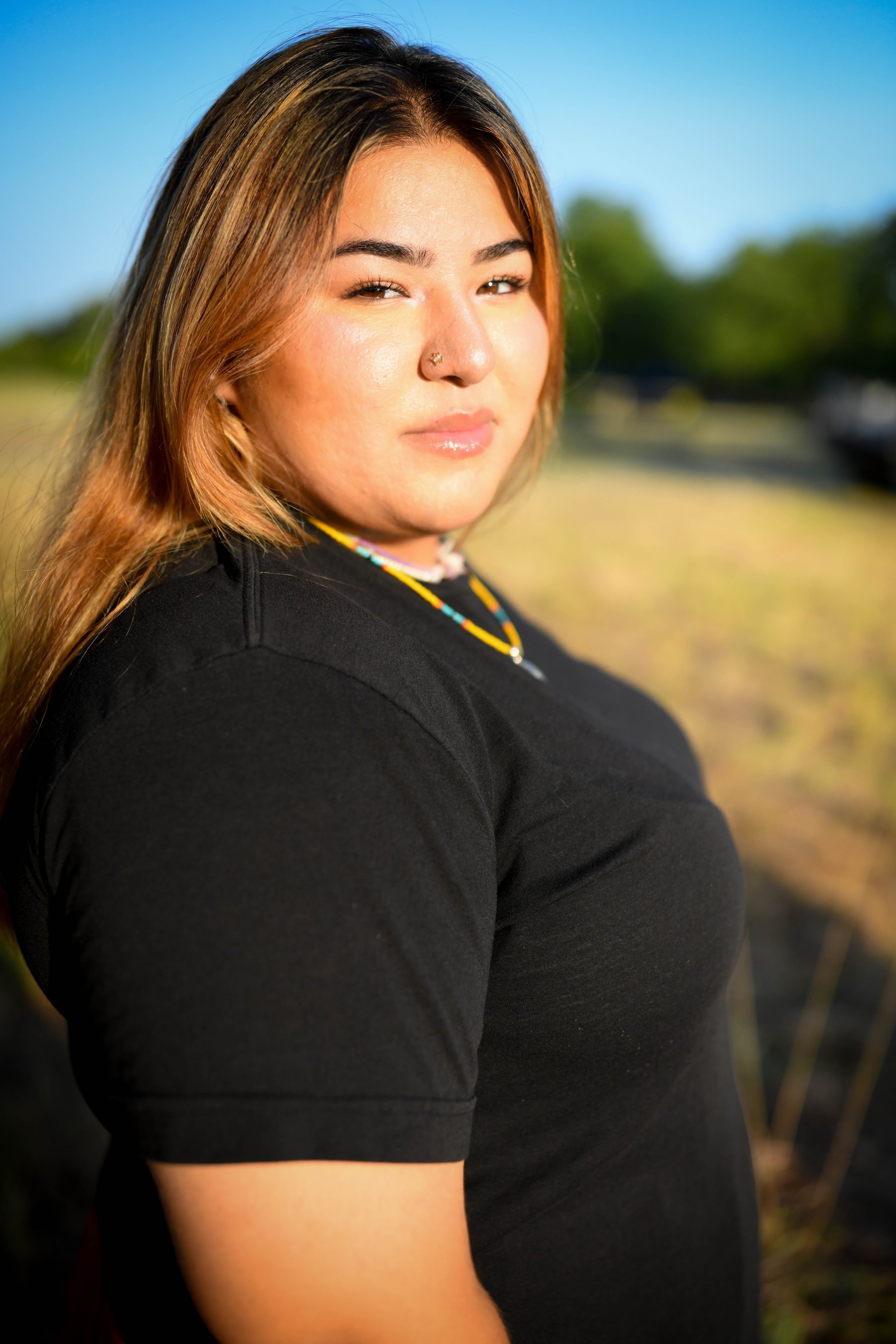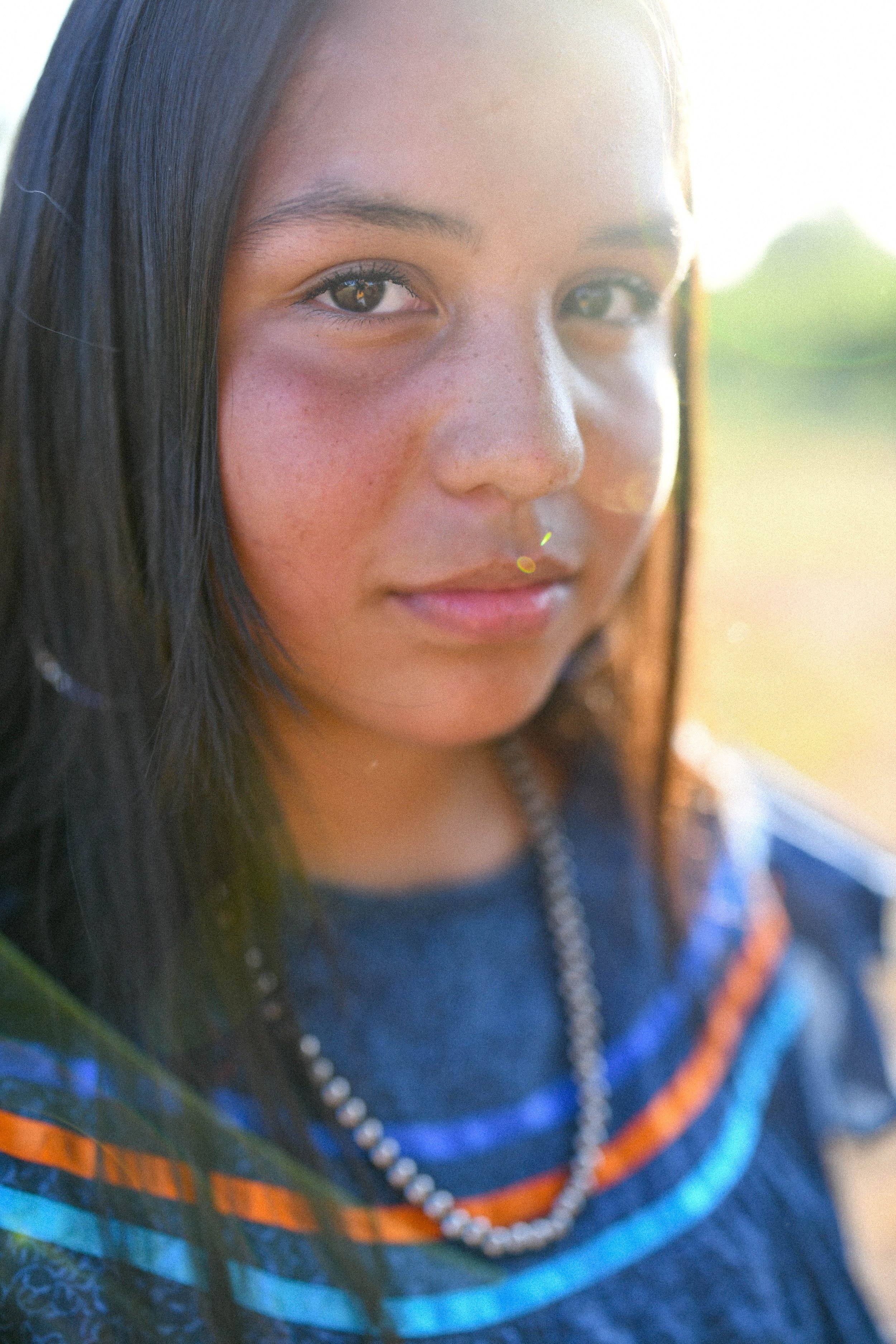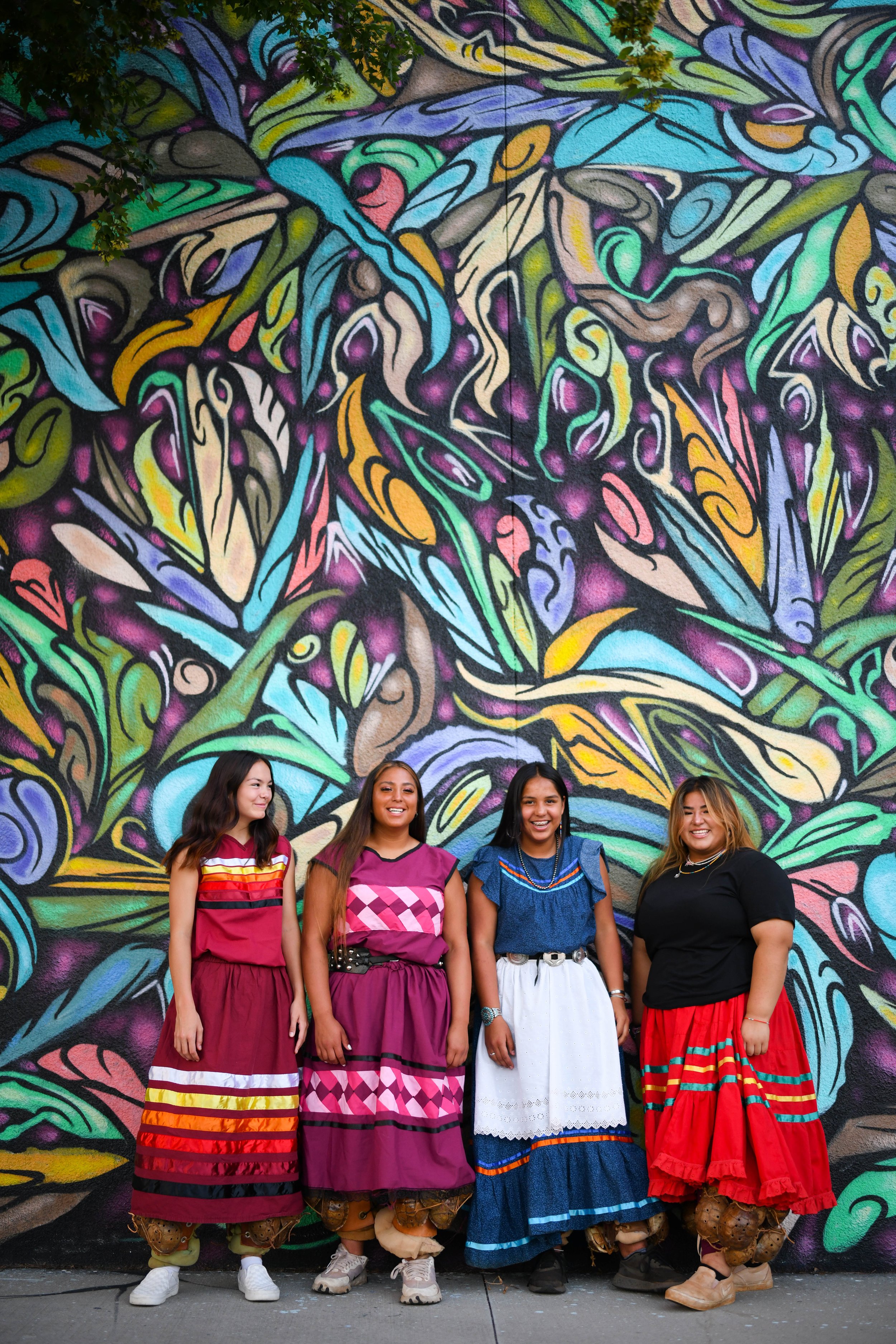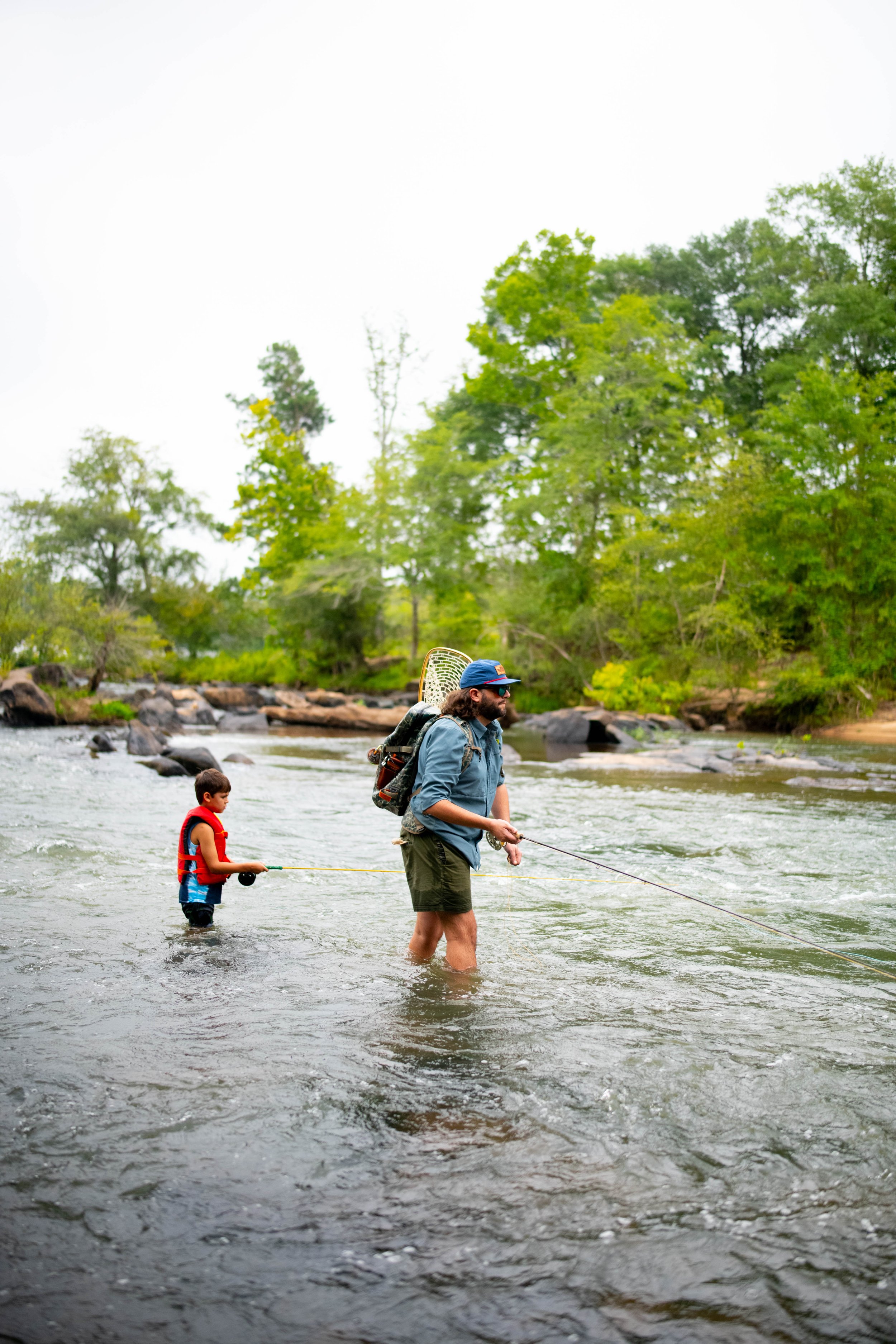Harmony Apel
Artist Biography
Harmony is Yuchi and Choctaw and a citizen of the Muscogee (Creek) Nation. She is Wolf clan and from Polecat ceremonial grounds near Sapulpa, Oklahoma. Harmony holds a B.A. in broadcast journalism from the University of Southern California and an M.A. in communications from Gonzaga University. Growing up in rural Oklahoma, she discovered a love for storytelling at young age, studying dance and theater and writing short stories on her toy typewriter to “publish” her own “magazines.” After graduating high school, she moved to Los Angeles where she performed with Native Voices, a Native American theater company and was a television host for the American Indian Cable Network, interviewing Native American artists, musicians and activists. While attending the University of Southern California, Harmony picked up a camera for the first time and found her love for documentary filmmaking and photojournalism. While at USC, she produced a student documentary about female bikers that was nominated for a College Emmy Award and had her photo essay on Urban Native Americans in Los Angeles featured in the university’s art gallery.
Harmony currently lives in Los Angeles with her husband and two young children. She works as a freelance writer and photographer. She returns to Oklahoma often to ensure her children learn their Yuchi language and remain connected to their Yuchi culture and ceremonial ways.
Artist Statement
I’m a storyteller. And I create my art through a storytelling lens. As a photographer, when I’m creating an image, I ask myself “what is the story in this moment?”. Whether my images are staged or true documentary, I try to make an image that tells the audience something honest and true about the subject. I love people and my work tends to focus on documenting human relationships and interactions. Even in my portraits, I try to capture authentic moments that reveal something to the audience and tell a story about who that person is.
My work is heavily influenced by my love of my Native culture and ceremonial ways. From an early age, I listened to my elders tell stories that their elders had told them. And that experience of just sitting and listening informs how I photograph my subjects today. I often ask my subjects to tell me a story during our sessions, and I photograph as I listen. My Yuchi and Choctaw people are my favorite subjects to photograph, and I aim to carry on our stories through my photography.


